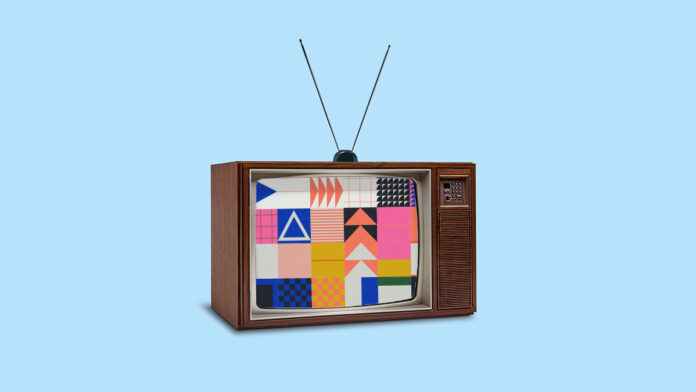In the face of rising online advertising costs and increasing challenges with data privacy and measurement, some startup advertisers are revisiting traditional advertising channels such as direct mail and out-of-home (OOH) billboards. This shift aims to diversify media spend and explore alternative avenues to reach consumers. Advertisers are realizing that the digital ad landscape, once hailed as a silver bullet for measurable and hyper-personalized advertising, has become expensive and murky, prompting a resurgence of interest in brand awareness and traditional channels.
Brands, especially startups and direct-to-consumer players like Fuzzy and Parachute, are turning their attention to direct mail as an effective channel for reaching their target audience. Similarly, OOH advertising has become a focal point for advertisers, particularly in the aftermath of the pandemic.
However, this does not suggest a complete swing back to traditional marketing tactics, especially in an increasingly digitized world. According to Insider Intelligence, worldwide digital ad spend is expected to exceed $626 billion this year, accounting for more than 67% of total media spend. OOH ad spend has been steadily growing and reached nearly $8 billion in the U.S. last year, while direct mail marketing spend is also on the rise.
Advancements in technology have bridged the gap between traditional and digital marketing channels. For example, digital billboards and QR codes on direct mailers have enabled better measurement and audience tracking. These new features have boosted advertisers’ confidence in traditional channels, leading to increased ad spend.
Although budgets for traditional channels still remain relatively small, there has been a significant increase in percentage allocation. Startup clients that previously allocated 2% to 3% of their budgets to direct mail and OOH are now spending anywhere from 5% to 10%. Advertisers are realizing the importance of a diversified media mix and are carving up their budgets into smaller chunks to maximize effectiveness.
The industry is witnessing a blending of traditional and digital channels to create a seamless marketing approach. This redefinition of traditional marketing is driven by the desire to diversify risk, especially amid economic uncertainties. Advertisers are turning back to traditional channels like radio and direct mail, often at discounted pricing due to lower demand in recent years.
However, while technology has brought some digital capabilities to traditional channels, tracking and measurement capabilities still lag behind platforms like Meta or Google. Fragmentation in the streaming ad space also poses challenges for advertisers seeking the promised land of connected TV.
Despite the renewed interest in traditional channels, digital media, especially social media, continues to hold the majority of advertising dollars. Advertisers are diversifying within the digital space, exploring different social platforms to counteract changes resulting from iOS 14 and signal loss. New platforms such as Lemon8 or BeReal are being monitored for their potential impact.
As the digital ad landscape continues to evolve, advertisers are actively seeking opportunities to reach customers and drive sales. This pursuit will inevitably lead to increased spending across multiple channels, reflecting a growing need for diversification in today’s complex advertising ecosystem. While the future remains uncertain, advertisers are adapting their ad budgets to navigate the challenges and seize new opportunities presented by the digital ad landscape.

